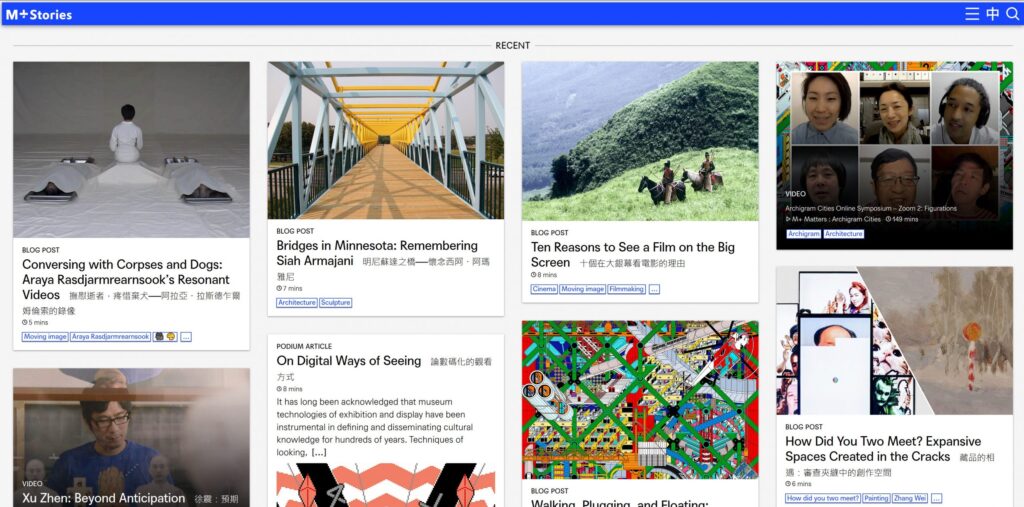Creating a robust digital presence and viral exhibitions, the likes of which COVID-19 has necessitated for institutions globally, is challenging enough for museums with long-established reputations. But Hong Kong’s M+ Museum is managing the feat a full year ahead of opening to the public.
Currently under construction in a cultural area being developed in West Kowloon, the contemporary art museum is aiming for a collection and experience in line with London’s Tate Modern or New York’s MoMA when it opens in late 2021. But since 2012, it has been engaging local audiences with a range of innovative programs. Doryun Chong, the museum’s Deputy Director and Chief Curator, discussed developing successful digital models and how M+ Museum has experienced 2020 at Christie’s Education Global Virtual Conference 2020.
Building Blocks of Digital Transformation
During the pandemic, established museums have typically approached digital technologies in a reactive way, says Chong, adapting existing programming to digital and using social media to amplify. Conversely, M+ Museum has been digital since the beginning and considers the two components simultaneously. “Digital at M+ is not something new,” says Doryun Chong. “It has actually been understood within M+ as a critical aspect of the institution building project.”
Evidence of this balanced approach can be found in the launch of immersive exhibitions and the ongoing storytelling platform, M+ Stories. In 2014, M+ Museum created Neon Signs, a public participatory art project that encouraged Hong Kong-ers to submit photos of the city’s iconic signage accompanied by personal stories. Submissions were then shared by M+ in an open source archive. Three years later, the museum launched M+ Stories, a portal for audiences — from the casual visitor to art historian — to browse the museum’s collection and content. To date, it has produced more than 200 digital posts and received in excess of 500,000 page views.

M+ Stories helps readers to learn more about the new museum being built in Hong Kong. Image: M+ Stories
Merging Onsite and Online
The integration of digital programming and the eventual onsite experience has been natural for M+ Museum, says Chong. But for global museums previously reliant on in-house visitation, particularly from tourists, a mindset shift is required. “Online and onsite, virtual and physical, are no longer binary,” says Chong, “but, in fact, part of a close feedback loop that is happening in the museum world,”
The museum’s M+ Collections Beta strives to create this seamless connection. The museum’s online open access platform presents much of its twentieth and twenty-first-century collection; to date, it boasts 3,084 objects and 2,710 archival items.



